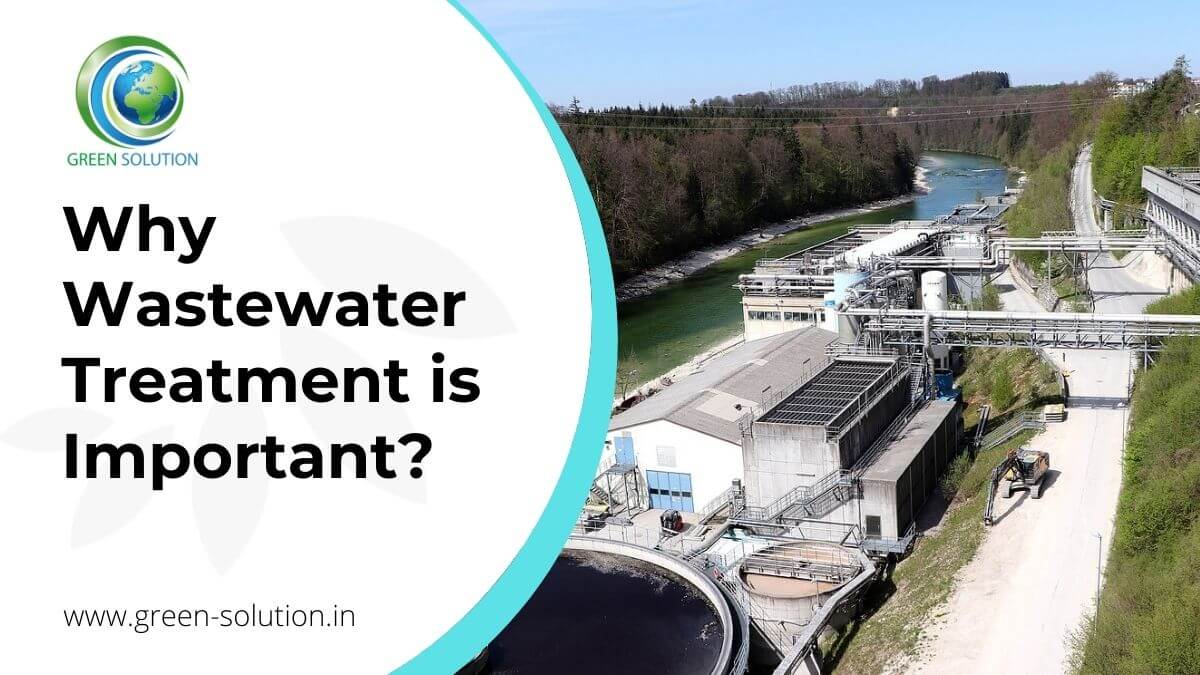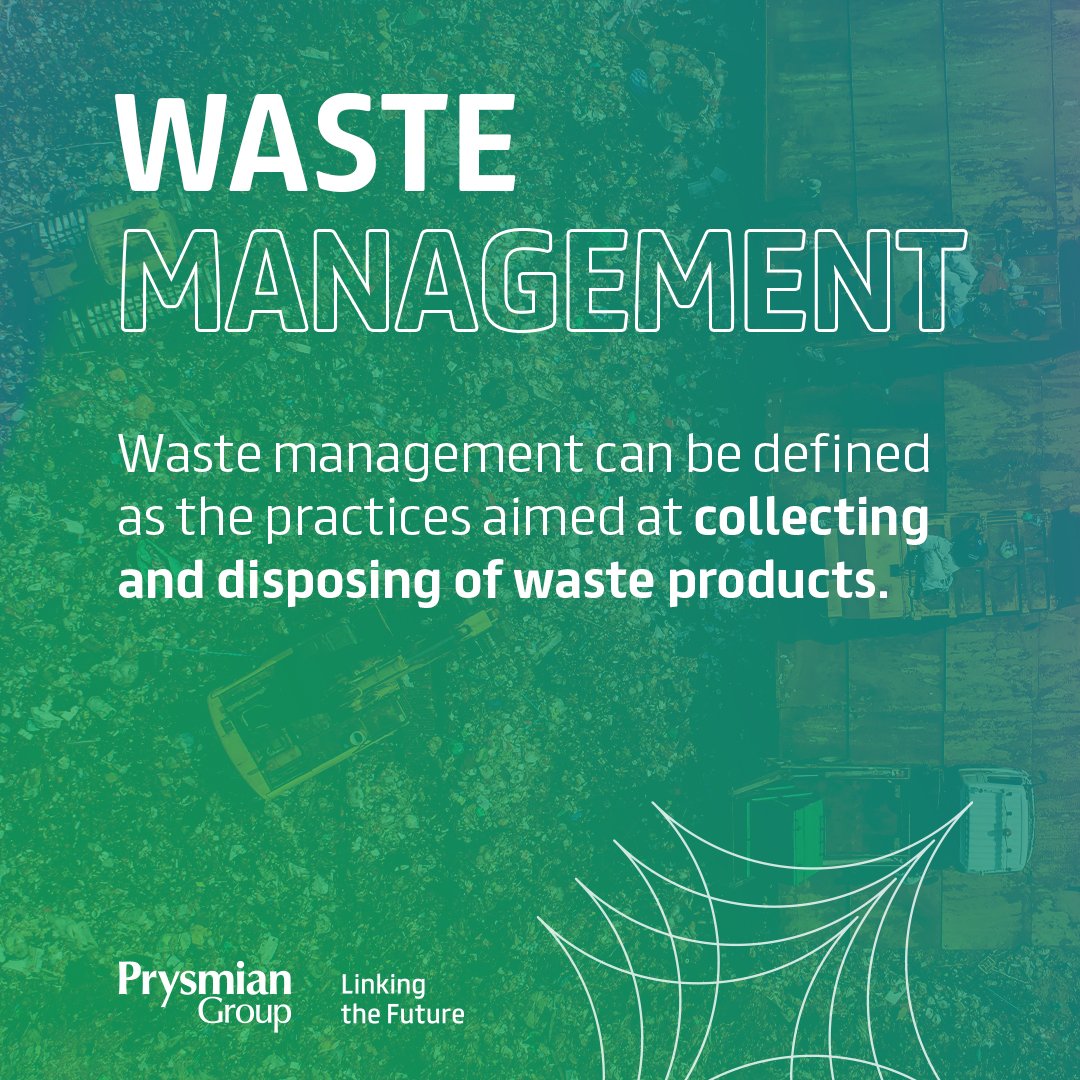Getting The Reclaim Waste To Work
Getting The Reclaim Waste To Work
Blog Article
The Basic Principles Of Reclaim Waste
Table of Contents9 Easy Facts About Reclaim Waste ExplainedThe Ultimate Guide To Reclaim WasteSome Ideas on Reclaim Waste You Need To KnowThe Best Guide To Reclaim WasteReclaim Waste Can Be Fun For Anyone
Residential sewage waste refers to the waste and items from a domestic septic container. The appropriate management and disposal of domestic sewer waste need fluid waste to be transferred to a sewer treatment plant where the appropriate techniques and tools are applied to detoxify and dispose of waste.
Commercial waste frequently consists of potential hazards, such as combustible materials or a mix of fluid and solid waste items, and calls for a much more advanced and in-depth disposal procedure. The disposal of industrial waste typically involves the purification of waste before transport to ensure safe and appropriate disposal. Hazardous waste is created from by-products and drainage of commercial processes and production.
This sort of waste can not make use of the same sewage administration transport or procedures as septic or commercial liquids. The hazardous waste administration procedure calls for the inspection and testing of fluid waste prior to it goes through the disposal process (industrial wastewater treatment). Drainage waste is the fluid waste that comes from runoff and excess stormwater in very populated areas or cities
Runoff waste can cause contamination and flooding if not handled correctly. Guaranteeing proper waste management can prevent calamities and minimize environmental harm.
What Does Reclaim Waste Do?
Contact PROS Solutions today to find out regarding our waste monitoring and disposal solutions and the appropriate means to take care of the fluid waste you create.
(https://reclaim-waste.jimdosite.com/)Do you understand what happens to your water when you end, flush the bathroom or drain pipes the cleaning device? No? Well, it deserves knowing. This supposed 'wastewater' is not only an important source however, after treatment, will certainly be released to our land, rivers or the ocean. Utilized water from commodes, showers, bathrooms, kitchen sinks, washings and commercial processes is called wastewater.

water made use of to cool down machinery or clean plant and equipment). Stormwater, a form of wastewater, is overflow that moves from agricultural and city locations such as roof coverings, parks, yards, roads, courses and gutters right into stormwater drains, after rain. Stormwater flows unattended directly to regional creeks or rivers, eventually getting to the sea.
The Of Reclaim Waste
In Queensland, a lot of wastewater is treated at sewer treatment plants. Wastewater is transported from domestic or industrial sites with a system of sewers and pump stations, referred to as sewerage reticulation, to a sewage treatment plant. City governments develop, maintain and operate most sewage therapy plants. Operators are licensed under the Environmental Security Act 1994 to release treated wastewater at an acceptable ecological criterion into waterways.
The Department of Natural Resources recommends city governments about managing, operating and maintaining sewerage systems and treatment plants. In unsewered areas, local federal governments may call for homeowners to set up individual or house sewer therapy systems to deal with residential wastewater from bathrooms, cooking areas, bathrooms and laundries. The Department of Natural Resources authorizes making use of house systems when they are confirmed to be effective.
Many stormwater receives no therapy. In some brand-new subdivisions, therapy of some stormwater to get rid of litter, sand and crushed rock has begun utilizing gross pollutant traps. Wastewater treatment takes place in 4 phases: Eliminates strong issue. Larger solids, such as plastics and various other items incorrectly released to sewers, are removed when wastewater is travelled through displays.
Uses small living microorganisms knows as micro-organisms to break down and get rid of remaining dissolved wastes and great particles. Micro-organisms and wastes are integrated in the sludge.
Get This Report about Reclaim Waste
Nutrient elimination is not available at all sewer therapy plants because it requires expensive specialised equipment. It is ending up being extra usual in Queensland. Clear fluid effluent generated after therapy might still consist of disease-causing micro-organisms. If this effluent is launched right into waterways such as rivers or the sea, additional reading the micro-organisms will ultimately pass away out.

This typically implies wastewater has actually to be dealt with or pollutants removed before it can be discharged to waterways. The majority of wastewater moves right into the sewerage system. Under the Act, neighborhood federal governments provide approvals and licences for eco relevant activities (Periods) including wastewater releases that might have a local influence. The department carries out authorizations and licences to Periods including wastewater launches that could have a local or statewide impact.
The 15-Second Trick For Reclaim Waste
Otherwise, examples are considered research laboratory analysis. Frequently lots of examinations are needed to develop the levels of each of the different pollutants such as oils, heavy metals and chemicals in water. Tracking gives valid details regarding water high quality and can verify that licence problems are being fulfilled. The information acquired through tracking supplies the basis for making water top quality decisions.
Report this page